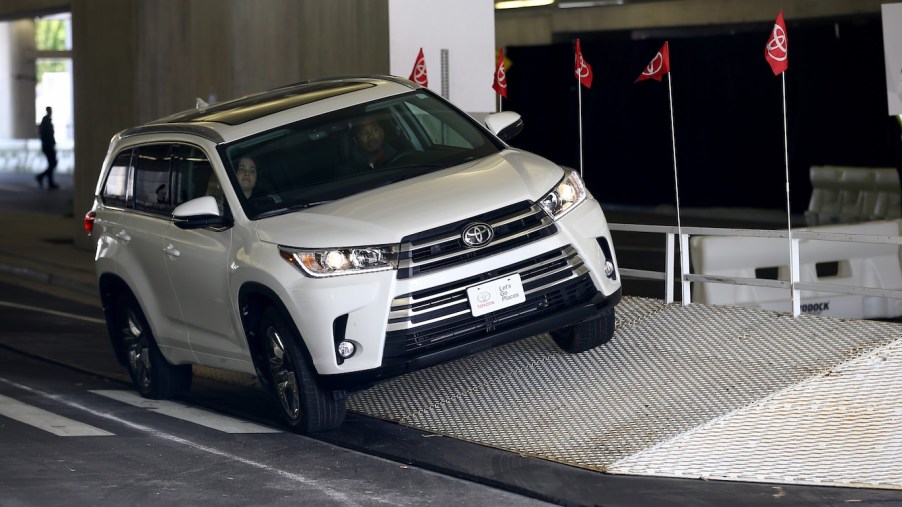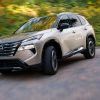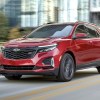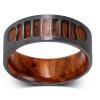
2018 Toyota Highlander vs. 2018 Chevy Traverse: Which Used 3-Row SUV Wins?
Currently, SUVs are in high demand, which might mean paying a premium for one on the new market. A used three-row SUV could be the better option for your wallet as long as the vehicle in question is reliable. The Toyota Highlander comes from one of the most reliable automakers, but how does it compare to the Chevy Traverse? Let’s go over the various pros and cons of these 2018 SUVs and find out which one is right for you.
How much does the 2018 Toyota Highlander cost?
According to J.D. Power, you’ll pay anywhere between $23,271-$37,510 for a 2018 Toyota Highlander. It’s not surprising, given the average Toyota’s low depreciation rate, and the base trim comes loaded with a lot of great safety features. Those include pedestrian detection, a few lane-keeping assist functions, forward collision mitigation, and automatic emergency braking.
While it has a few nice convenience features and a center touchscreen, smartphone integration isn’t included at any trim level. You’ll also have to purchase a higher trim if you want some kind of leather seating. Only the Toyota Highlander Limited has heated second-row seats, blind-spot monitors, and a panoramic moonroof.
On the other hand, you can buy a 2018 Chevy Traverse for as low as $17,181. Both SUVs can hold up to eight passengers, but the Traverse has lower cargo estimates across the board. Even the base L trim has smartphone integration, but standard advanced safety offerings are limited to Teen Driver and a rear-seat reminder. Both forward collision warning and automatic emergency braking can only be had on the High Country trim, which costs around $32,000 today.
Is the 2018 Toyota Highlander more efficient?
Many reviews on U.S. News complain about the Toyota Highlander’s standard 185-hp four-cylinder engine. Unlike the available V6, it can’t be optioned with all-wheel drive. It also reportedly doesn’t have enough power or the best fuel economy estimates, earning only 20/24 mpg city/highway. The 295-hp V6 can earn up to 20/27 mpg with its stop-start system.
The Chevy Traverse boasts a 310-hp V6 with stop-start technology for every trim besides the RS, which has a 257-hp turbo-four. The V6 earns up to 18/27 mpg with front-wheel-drive, and the FWD-only Traverse RS is rated for 20/26 mpg.
Is the 2018 Chevy Traverse more reliable than the 2018 Toyota Highlander?
J.D. Power gave the 2018 Chevy Traverse a passable reliability score of 76/100. This SUV has only been included in two recalls, one for faulty airbags and another for a broken stop/start actuator. While its resale value isn’t as great as the Highlander’s, the Traverse reportedly has the best driving experience of these two SUVs.
The Toyota Highlander is more reliable, earning an 86/100 score from J.D. Power. However, this SUV has been included in five recalls so far, with the most recent one issued in 2020. The 2018 Highlander you’re after should have its fuel pump, brake vacuum pump, and windshield harness serviced before you buy it.
Which 3-row SUV has more complaints?
Per Car Complaints, the 2018 Toyota Highlander’s biggest issue is cracking paint. Drivers usually notice the chipping around the hood and roof as early as 7,000 miles. Two users also reported low braking power and excessive brake wear between 26,000-38,000 miles. One of them was able to have their replacement brake pads and rotors covered under warranty.
The 2018 Chevy Traverse sometimes presents transmission problems, and at least one driver had to pay $2,000 to replace the whole thing. Others were lucky enough to just experience a faulty shifter, which costs an average of $420 to fix.
Should you buy a 2018 Toyota Highlander or 2018 Chevy Traverse?
Given the information we’ve seen from owners and professionals, the 2018 Toyota Highlander probably yields the most satisfaction to drivers. Still, it can’t be argued that the Chevy Traverse definitely has the most pleasing base powertrain.
The Traverse is also cheaper, though you might spend more on its annual repair bills than the Highlander. This popular Toyota SUV offers more perks for families with its solid dependability, numerous standard driver’s aids, and large cargo area.


